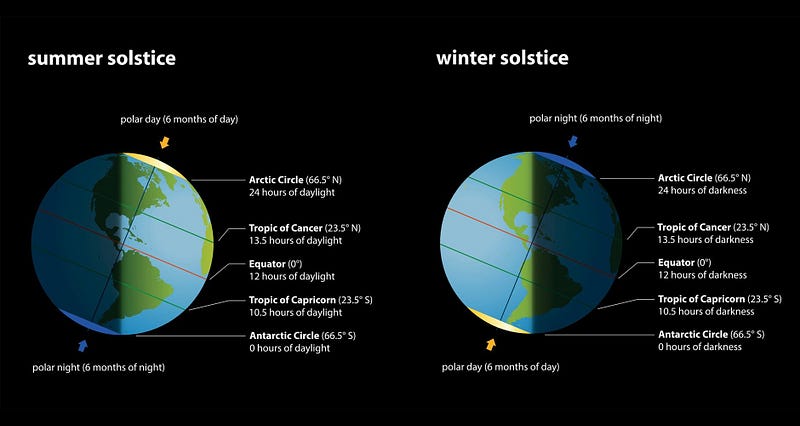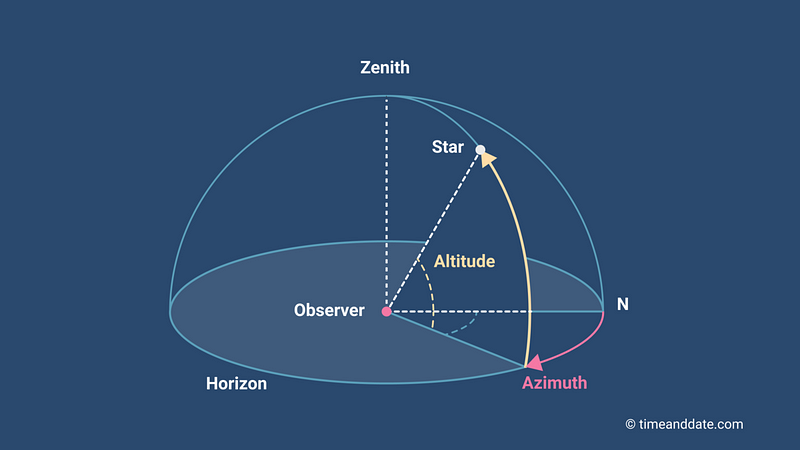Exploring the Earth-Sun Connection: Seasons and Beyond
Written on
Chapter 1: The Earth-Sun Relationship
The bond between our planet and the Sun is vital for sustaining life. The Sun’s energy not only supports life on Earth but also drives weather patterns, seasonal changes, and stabilizes our planet’s orientation as it moves through space. This complex interplay of motions and angles has been a subject of fascination across various cultures for thousands of years.
“The sun, with all those planets revolving around it and dependent on it, can still ripen a bunch of grapes as if it had nothing else in the universe to do.” — Galileo Galilei
As Earth rotates on its tilted axis, it follows an elliptical orbit around the Sun throughout the year. This annual journey, combined with the tilt of Earth's axis, is responsible for the changing seasons. When the Northern Hemisphere is angled toward the Sun, we enjoy the warmth and long days of summer. Conversely, when the Southern Hemisphere faces the Sun, winter settles in.
The Earth's axial tilt is approximately 23.5 degrees relative to its orbital plane around the Sun. This tilt allows for varying levels of sunlight exposure throughout the year, leading to the distinct seasons. Additionally, this angle has intrigued astronomers, stargazers, and ancient calendar creators alike.

A crucial aspect of this relationship is declination, which refers to the angle between the Sun's rays and the equatorial plane. As the Earth orbits the Sun, this angle shifts daily. On June 21, the Northern Hemisphere is tilted most directly toward the Sun, resulting in the summer solstice with a maximum declination of +23.5°. During this period, the Sun reaches its peak position in the sky at noon. In contrast, around December 21, the declination reaches its lowest point at -23.5° for the Northern Hemisphere, marking the winter solstice when the Sun appears at its lowest trajectory.
Latitude also plays a significant role, denoting the degrees north or south of the equator. Your latitude determines the Sun's maximum elevation in the sky—farther from the equator results in a lower maximum height. This phenomenon gives rise to unique effects such as the midnight sun and perpetual twilight in extreme latitudes.

The Sun’s position can also be expressed in terms of azimuth, which is the angle measured from the north along the horizon. Azimuth values are 90° for east, 180° for south, and 270° for west. When combined with altitude (the angle of elevation), azimuth allows for precise tracking of the Sun's location at any time of day.
The dynamic relationship between the Sun and Earth is a source of endless intrigue. This connection has enabled humans to develop agricultural practices, calendar systems, and harness solar energy. By observing the intricate movements of our closest star, we continue the legacy of countless stargazers who have celebrated the partnership between Earth and the Sun.